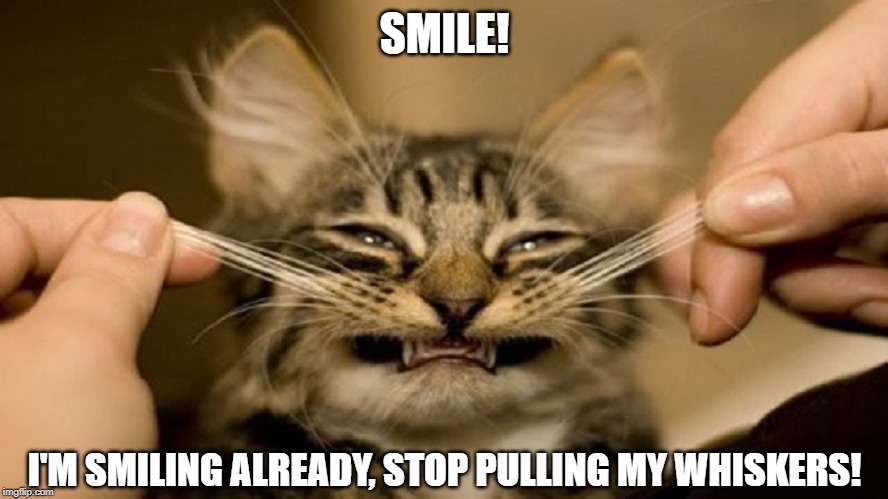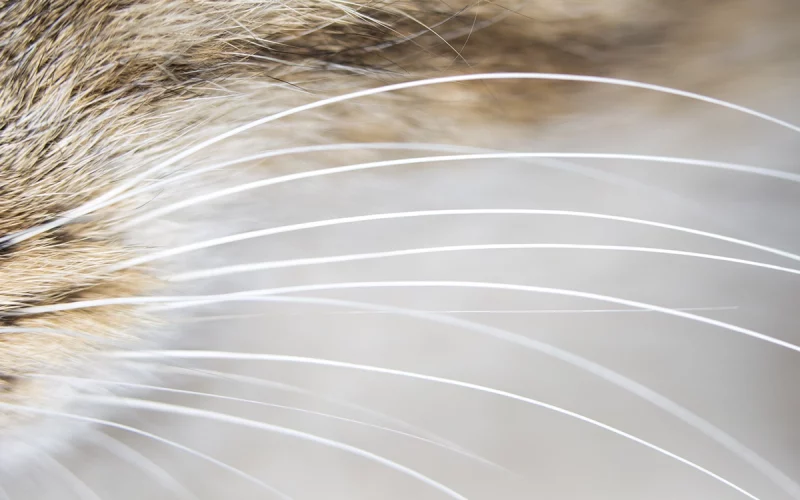Ever observed your cat elegantly dodging your haphazardly placed laundry pile or expertly judging a tight squeeze through the garden gate? That’s all thanks to their whiskers! And, no, you should NEVER cut them! Now, sit back, relax, and let us take you on a journey through the fascinating world of cat whiskers.
What are Whiskers? More than Just Facial Decorations
Whiskers, or ‘vibrissae’, are touch-sensitive hairs that provide cats with vital sensory information, kind of like a built-in GPS system! Whiskers are different from regular hairs; they do not cover the whole body, and are strategically located on the chin, above the eyes, near the ears, on the forelegs, and even above the upper lip! Consider cat whiskers as the Swiss Army Knife of sensory perception.
Each whisker is nestled in a blood-filled capsule, also known as a ‘blood sinus.’ This tiny powerhouse is wrapped up in a protective coat of nerves. The roots of these whiskers are three times deeper than other fur and are surrounded by a rich supply of nerve endings. Fascinating, isn’t it?
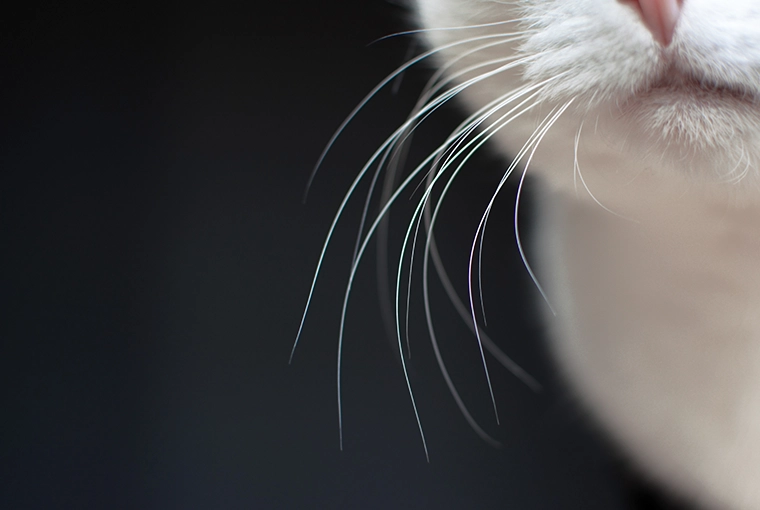
Cat Whiskers: Unveiling the Furry Super-Sensors!
It’s not all about length, though. While your cat’s whiskers may be long or short, it’s their sensitivity that makes them so essential. This makes them super adaptable to environmental changes, enabling Fluffy to navigate through narrow spaces or even detect the slight stirrings of a mouse in the dark. Did you know some cats have whiskers that curl or even resemble eyebrows?
Whisker Care: The Do’s and Don’ts
Can you cut cat whiskers?
Rule number one: Hands off the scissors! You should never use them for anything else, apart from trimming your cat’s nails or fur. Think of whiskers as a cat’s guiding star, its north compass. They help cats evaluate distances and spaces, which is crucial for their everyday navigation. You wouldn’t fancy walking blindfolded, right? Although trimming a cat’s whiskers will not harm them, it might cause them to feel just as disoriented! In fact, it can even cause them confusion and stress, potentially leading to all sorts of accidents.
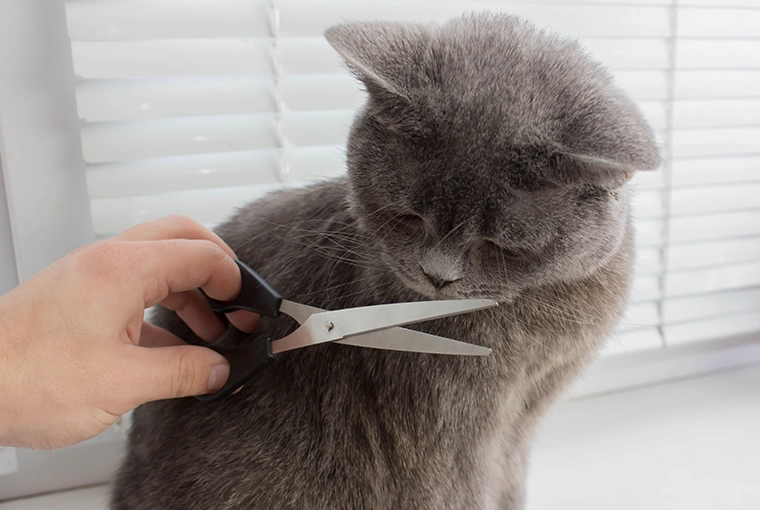
What about brushing or cleaning?
It’s generally unnecessary to specifically wash or clean a cat’s whiskers. Cat whiskers are self-cleaning, just like the rest of their fur. They do a fantastic job keeping themselves neat, and any additional cleaning from your end may just irritate or discomfort them. Unlike regular cat fur that we can groom, brushing is also a no-no!
However, don’t fret if you notice whiskers on the floor – some degree of whisker shedding is normal. Just remember, no whisker should ever be intentionally removed. Let’s appreciate our cats’ super-sensors in their natural state, and let them groom themselves in peace.
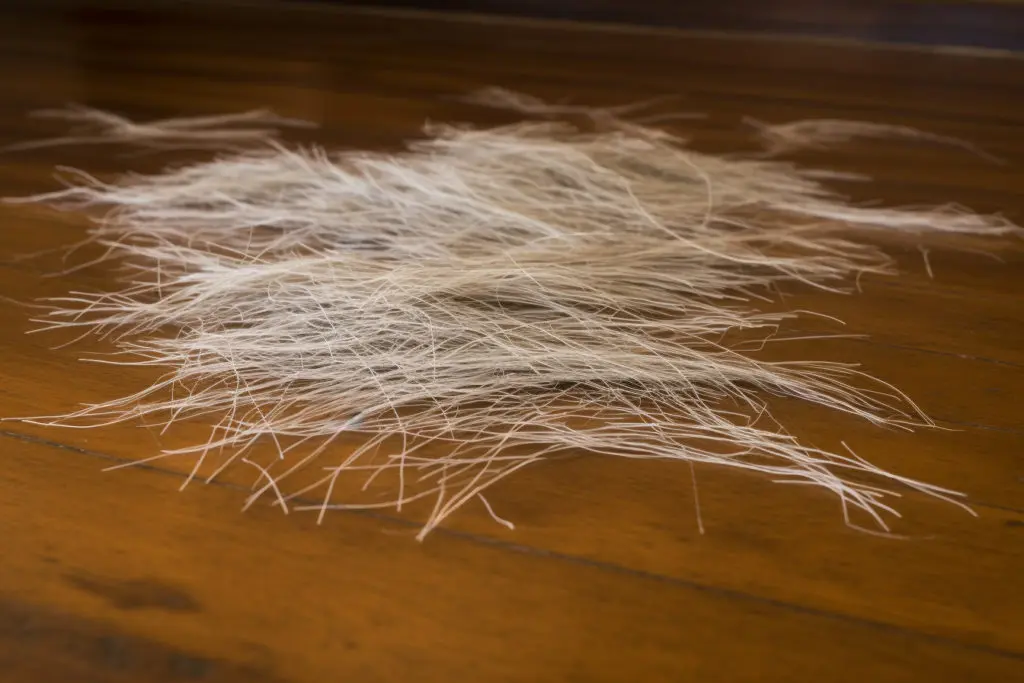
Whisker Fun Facts and Mysteries
Cat whiskers change color and length!
Ever noticed your cat’s whiskers changing color as they age? Yes, whiskers go through changes too! In fact, you may notice your cat having more black whiskers as a kitten or young adult, and some of them turning white or gray as your feline friend gets older.

You might notice that some whiskers are shorter than others. This is because, just like our hair, whiskers don’t all grow at the same rate. Some may have fallen out and are just starting to grow back, which is a completely normal part of their growth cycle. Don’t be alarmed if you see a few shorter whiskers amidst the longer ones – it’s all part of the feline charm.
The length of a cat’s whiskers can vary greatly and is typically proportionate to the size of the cat. Larger cats, like Maine Coons, will have longer whiskers than smaller breeds, such as the Siamese. This helps them gauge whether they can fit through tight spaces. It’s like having a built-in measuring tape!
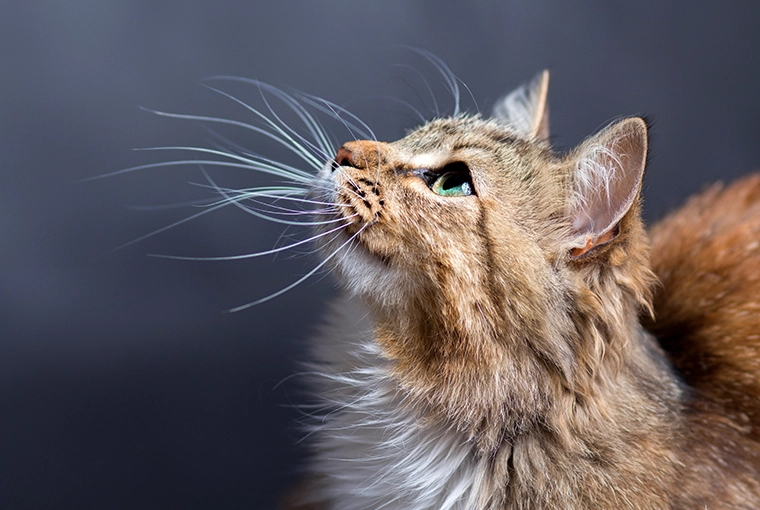
Feline Frizz — whiskers and split ends
Just like human hair, cat whiskers can develop split ends due to damage. This can occur if the whiskers experience excessive wear and tear – such as brushing against hard or rough surfaces frequently.
An occasional split end isn’t a cause for alarm and can happen as part of the natural life cycle of the whisker. However, if you notice a significant number of split ends, it could be a sign of nutritional deficiencies or other health issues, and a vet check might be in order.
Whisker Fatigue, A Lesser Known Phenomenon
Yes, just like us, cats can experience fatigue – whisker fatigue, that is. It’s a sensory overload that occurs when their super-sensitive whiskers get overstimulated. This often happens when their whiskers touch the sides of their food or water bowl. If your cat seems stressed during meal times or leaves food in the bowl but still acts hungry, it might be experiencing whisker fatigue.
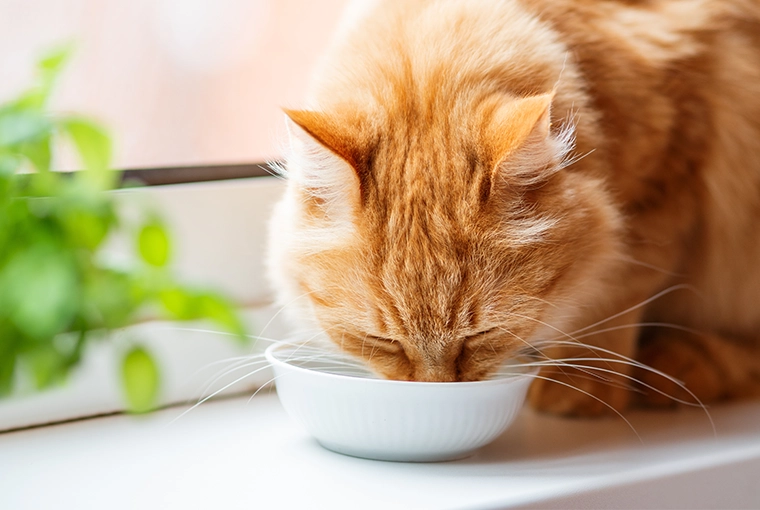
So, how do we solve this? Try a whisker fatigue cat bowl! These dishes are designed with a cat’s sensitive whiskers in mind, typically shallow and wide enough to avoid touching their whiskers. Some are even tilted at an angle and have high bases.
Under the Microscope: A Closer Look at Cat Whiskers
Ever wondered what cat whiskers look like under a microscope? It’s a fascinating sight! Each whisker is filled with blood vessels and nerve endings, making them super sensitive to even the tiniest changes in their surroundings. When viewed under a microscope, whiskers reveal an intricate, complex structure that’s as beautiful as it is functional.
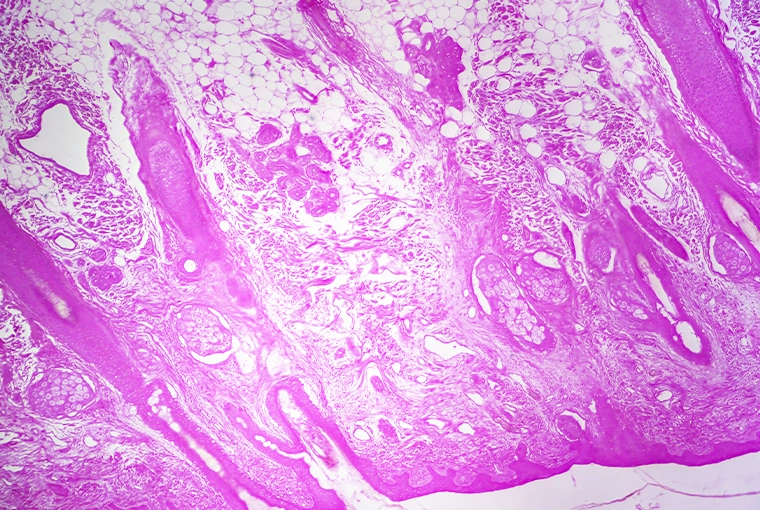
The World Record for Longest Cat Whiskers
And just for fun, let’s talk records! The title of “cat with the longest whiskers” goes to Missi from Finland, whose whiskers measured an astonishing 19 cm. That’s longer than a standard pencil! Now, those are some whiskers you wouldn’t want to playfully tug on!
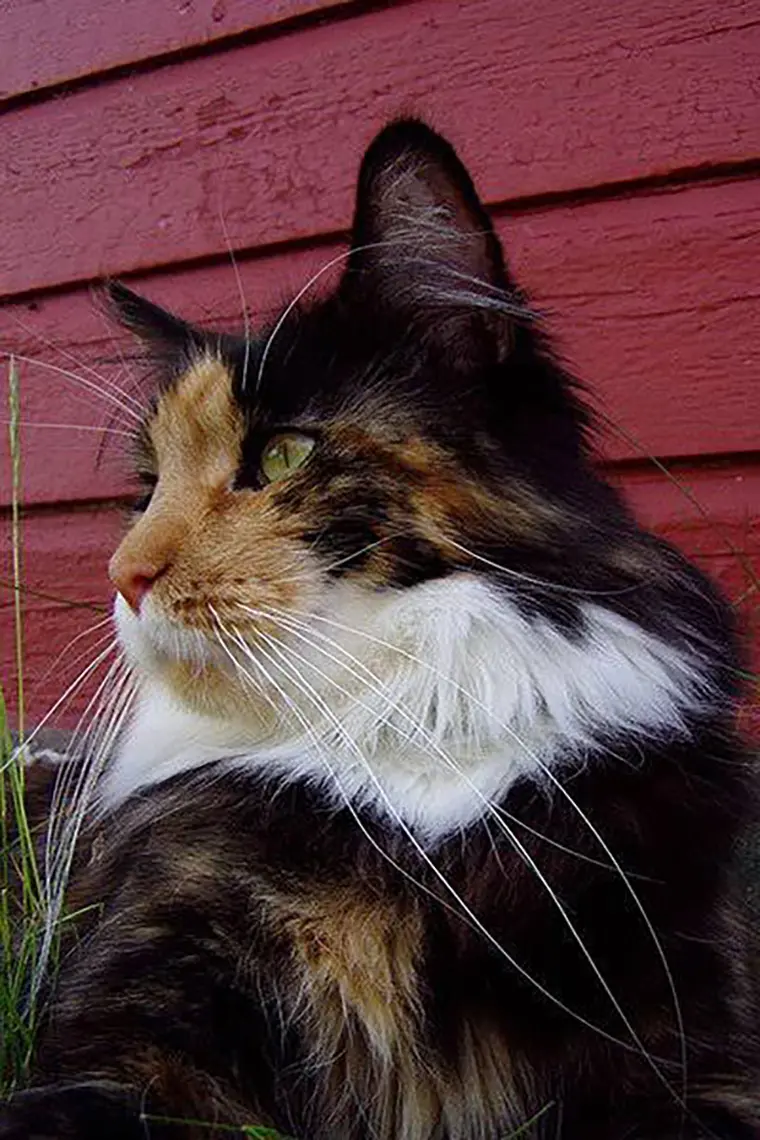
Wrapping Up Our Whiskerful Journey
The world of cat whiskers is indeed full of surprises. From helping them sense the world around them to enabling them to make precision moves, whiskers are a vital part of a cat’s life. And the bottom line? Keep those scissors away!
We hope you’ve enjoyed this whiskerful journey and learned why it’s important to let our feline friends’ whiskers be. For more fascinating feline facts, stay tuned to more of The Kittycone Blog – where curiosity doesn’t kill the cat, it just makes them more intriguing!
